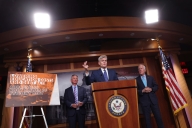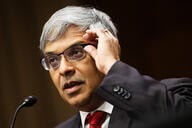You have /5 articles left.
Sign up for a free account or log in.
The Association of Public and Land-grant Universities is calling for public research universities to formally consider technology transfer issues in tenure and promotion decisions where applicable. In a report out today, APLU defines technology transfer loosely as “entrepreneurship, innovation and technology-based economic development activities,” and says that faculty members who participate in it should be credited in personnel decisions.
“A faculty member’s accomplishments in technology transfer, innovation and entrepreneurship are worthy of consideration in the review process for tenure and advancement,” the report says. “As with other forms of faculty work, it is essential that the evaluation of technology transfer activities weigh the likely impact of the work, its quality and its foreseeable societal benefit. When it is successful, technology transfer can invigorate the university and establish relationships with other private and public sectors that affirm the value of a research university.”
APLU also makes various recommendations for recognizing and assessing technology transfer in faculty work, based on a survey of U.S. and Canadian public universities on current approaches (which aren't uniform or widespread). Recommendations include making university policy statements that safeguard against conflicts of interest or commitment, and including technology transfer explicitly in personnel policies and criteria.
Henry Reichman, an professor emeritus of history at California State University at East Bay and chair of the American Association of University Professors’ Committee A on Academic Freedom and Tenure, said that AAUP recognizes three criteria for tenure and promotion: teaching, scholarship or research, and service. “Insofar as technology transfer activities fit any of those criteria they may certainly be considered under those rubrics,” he said. And the “key is that the relevant faculty in each department and institution define which activities are included in each of these criteria.”





